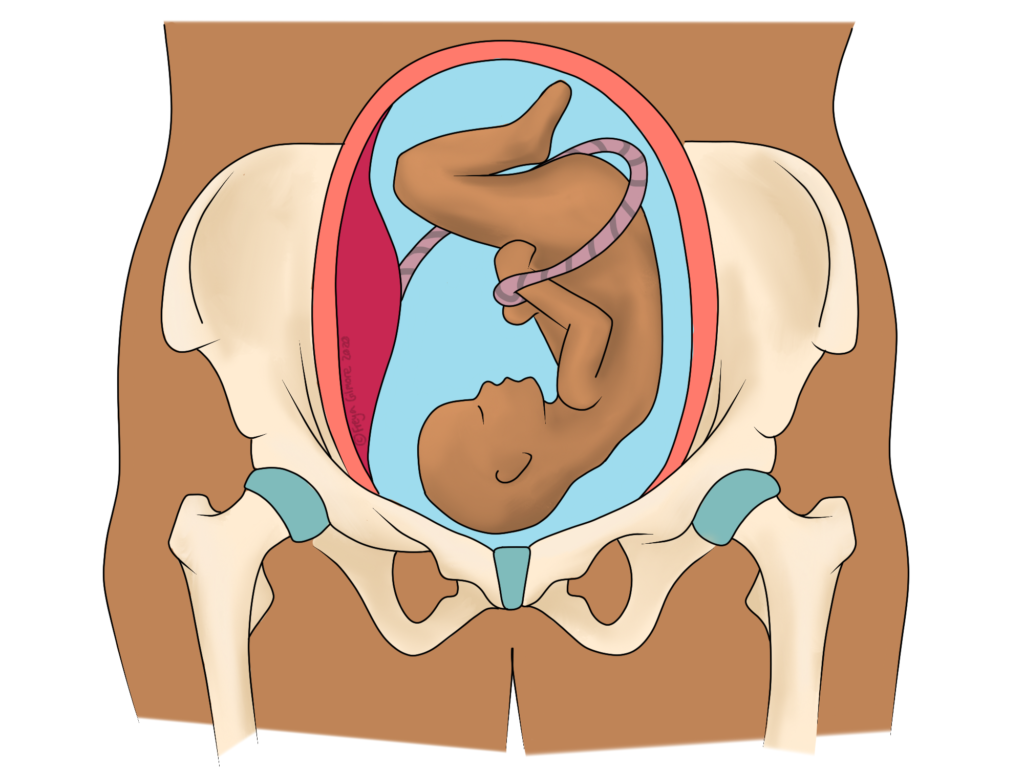A combination of hormonal and physical changes in pregnancy can lead to discomfort in the joints of the pelvis. There are two joints at the back, either side of the base of the spine. These are the SIJs (sacroiliac joints). Then there is a third joint at the front, with a wedge of cartilage within it. This is the pubic symphysis. When the pubic symphysis is affected, you may be diagnosed with SPD: symphysis pubis dysfunction. PGP is pelvic girdle pain, which covers both SPD and SIJ pain.

Pregnancy is not the most comfortable period, but sometimes the pain is more than you need to suffer with. You may have SPD or PGP if you have pain over any of the pelvic joints, or radiating into the lower back or thighs. This pain is likely to be exacerbated by:
- Walking
- Getting in and out of cars
- Standing up after sitting down for a while
- Getting out of bed, especially if you’re not rolling onto your side and keeping your legs together.
Untreated SPD and PGP can progress throughout pregnancy, and in some cases limit your options for positions during birth. However, there are things you can do to help, and your osteopath can give you both advice and treatment to take the strain off.
Causes of Pelvic Joint Pain in Pregnancy
From early in pregnancy, the hormone “relaxin” is released in higher quantities. As the name suggests, this hormone is responsible for increasing laxity in the joints of the pelvis, as they will need to move further than normal during birth. Unfortunately, these joints play and important role in load bearing the rest of the time, and their increased laxity can be uncomfortable. This discomfort tends to progress as the bump grows, changing the centre of gravity and putting more load on the joints.
Managing SPD and PGP
Whenever we work with symptoms caused by increased mobility, we look to strengthen. Essentially, where the ligaments can’t cope, the local muscles need to step in to support them. Looking at a typical pregnant posture, the areas to target are clear. As your bump pulls your pelvis forward, the lower back, buttock, and hamstring muscles are shortened. Meanwhile, muscles on the front of the thigh and abdomen are stretched. Some postural changes are to be expected, but limiting their severity can reduce the demand on the ligaments and allow the muscles to work better. Additional strengthening exercises can help to support this balance.
Beyond the local area, we look above and below at the rest of the body. Stiffness and tightness in other areas can add further demand to the irritated area. Mobilising those joints and massaging those muscles can have a quick and significant effect on your pain.
As the demands on the body will only progress through pregnancy, nipping symptoms in the bud is highly recommended. Treatment has an effect much quicker if there’s less work to do, so please don’t wait until you need crutches to book in.
